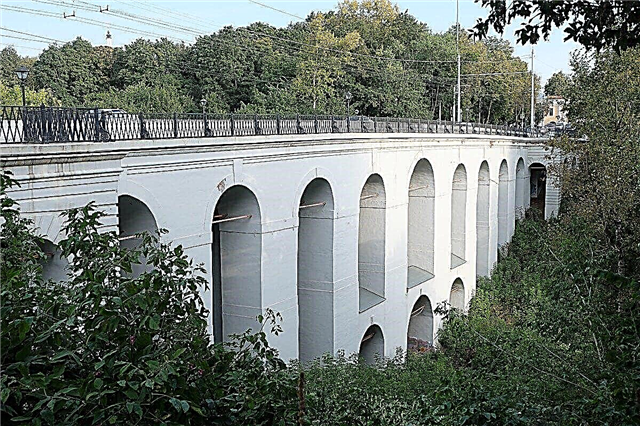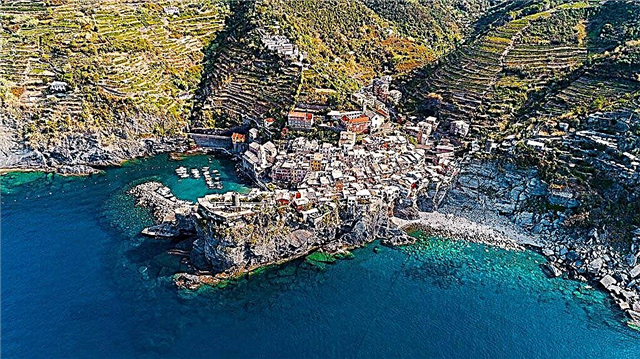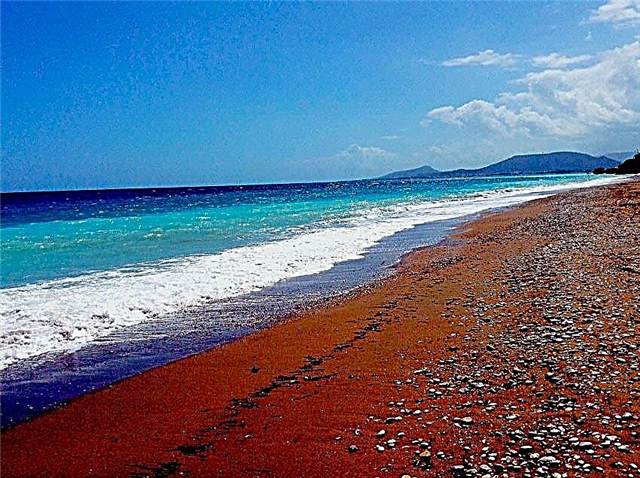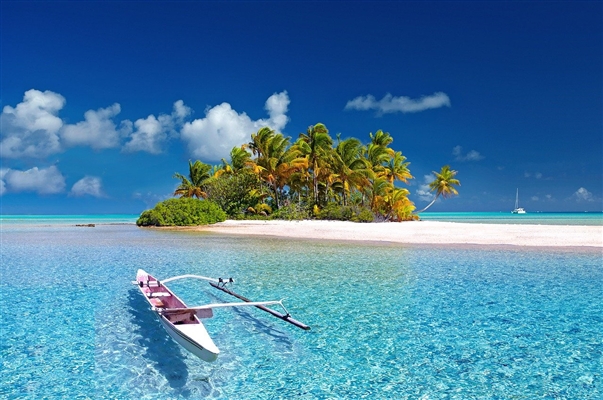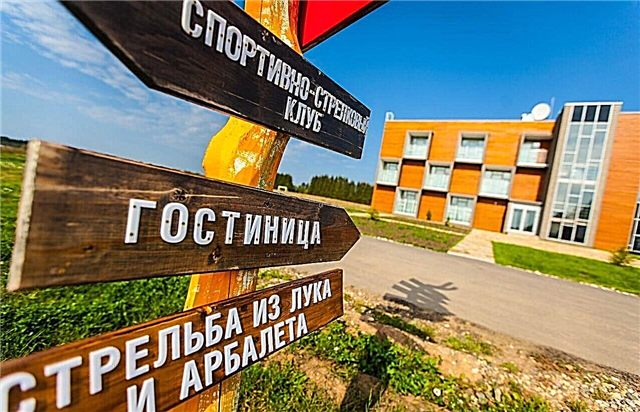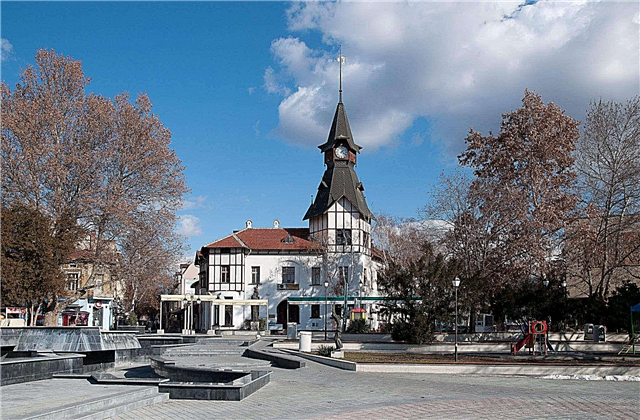Most of the Bulgarian cities are similar to each other - narrow streets, ruins of ancient settlements from different eras. Most of the country's cities have a rich history; on their territory, settlements of the Thracians, Ottomans, Romans, Byzantines and Bulgarians replaced each other. Veliko Tarnovo is distinguished among the ancient cities of Bulgaria. For recreation by the sea, Varna is preferable. Those wishing to enjoy the graceful architecture and modern art choose Plovdiv.
It is noteworthy that in terms of population, the cities of Bulgaria are mostly small. Sofia, the capital of the country, stands out. It is inhabited by more than five times more people than Plovdiv or Varna - cities that occupy the second and third places in terms of population. Only 7 cities in Bulgaria have a population of over 100 thousand people. However, every city has its own characteristics, regardless of its size.
The largest cities in Bulgaria
List of the largest cities in terms of population in the country.
Sofia
The capital of Bulgaria. The history of the city goes back several millennia, so the main attractions are the ruins of Bulgarian, Ottoman and Roman buildings, as well as many surviving architectural monuments. Travelers are no less interested in the picturesque nature and charm of Vitosha Mountain near the city. The thermal mineral springs of Sofia are known all over the world.
Population - 1 352 thousand people.

Plovdiv
One of the most ancient cities not only in Bulgaria, but throughout Europe - founded in 1200 BC. Medieval mosques in Plovdiv coexist with Thracian fortresses and examples of Balkan architecture. A special attraction is the ancient Roman amphitheater. Plovdiv is considered the capital of the country's contemporary art - there are dozens of galleries, exhibitions and workshops in the city.
Population - 368 thousand people.

Varna
Many tourists choose Varna for rest. The reason for this is the well-equipped beaches of the Black Sea coast. The entertainment facilities are suitable for both families with children and young people. To get acquainted with the culture of the city, it is recommended to visit a large archaeological museum, the residence of the royal families of Evksinograd, and the Aladzha cave monastery. There is an ancient necropolis on the shores of Lake Varna.
Population - 367 thousand people.

Burgas
It is considered an industrial city, but there is a lot of entertainment for tourists. The Seaside Park has long beaches and a small zoo. The art gallery exhibits wonderful works of Bulgarian art. Excursions around Burgas are popular - the island of St. Anastasia, lakes and Rose Valley. During excavations near the city, you can see the ruins of fortresses and ancient settlements.
Population - 211 thousand people.

Rousse
The incredibly beautiful city is known for its unique architecture, similar in style to the architecture of Vienna. Most of the buildings in the Neo-Baroque, Art Nouveau and Neoclassicism styles are concentrated in the central part of the city. There are several theaters, museums, art exhibitions, churches and mosques in Ruse. A few kilometers from the city is the Ivanovsky rocky monastery from the UNESCO list.
Population - 158 thousand people.

Stara Zagora
During its long history, the city was repeatedly destroyed almost to the ground and rebuilt. From the Neolithic era, dwellings of ancient settlements have been preserved in it. Now Stara Zagora is a modern city with a developed industry and agriculture. Travelers will be interested in the mineral baths and the large park. Methodius Kusev with a botanical garden.
Population - 135 thousand people.
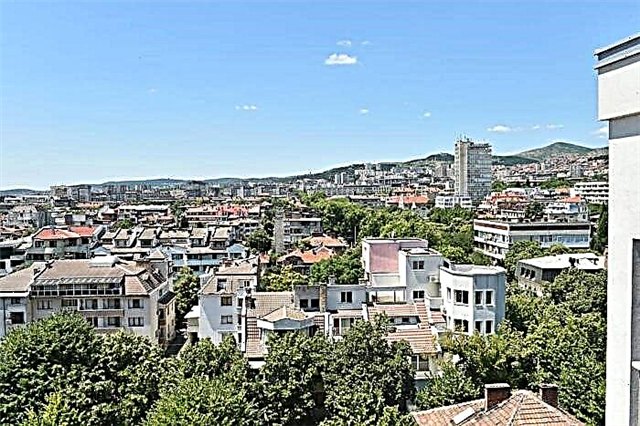
Pleven
Also known as Plevna. During the Russian-Turkish war, fierce battles were fought under this city, the city was surrendered after a long siege. Many attractions are dedicated to these bloody events. A mausoleum was built in honor of the dead soldiers - Russian and Romanian and a park-museum in honor of General Skobelev, as well as a large-scale panorama dedicated to the liberation of Plevna.
Population - 103 thousand people.

Sliven
It is famous for the picturesque nature around the city. The location of Sliven among the mountain ranges undoubtedly influenced the types of tourism in it. There are many recreation centers in the natural park, there are hiking trails to waterfalls and bizarre rocks, caves and mountain lakes. There is a balneological resort near the mineral springs. The symbol of the city is the 600-year-old elm in the center of Sliven.
Population - 91 thousand people.

Dobrich
There are many interesting places in the city. Local history museums and a museum of archeology tell about the history of this region, from the Roman era to modern times. In the ethnographic complex, you can get acquainted with 16 traditional crafts for the city. There is a small zoo in Dobrich, and the outskirts of the city are perfect for walking among the picturesque nature.
Population - 90 thousand people.
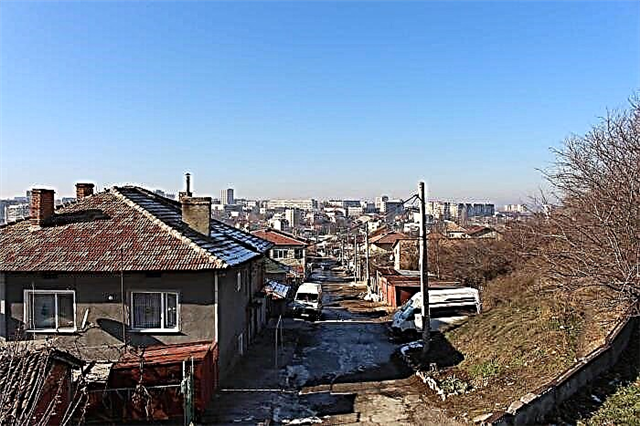
Shumen
The city is based around a fortress built in the 7th century BC. Over the centuries of its existence, it was owned by the Byzantines, Romans, Turks and Bulgarians. Part of the Shumen fortress, towers, as well as medieval mosques and churches have survived to this day. Near the city there is an interesting historical monument of the 8th century - Madara Horseman. His image is carved on a sheer cliff.
Population - 87 thousand people.

Pernik
The city is famous for the masquerade ball that takes place here after the New Year celebrations. About 5,000 groups from Bulgaria and other countries come to the carnival procession. Special attention is paid to the ritual dance of winter - survakari. Mountain excursions are popular in the summer. They lead to caves and karst springs. Recreation centers are located near the mineral springs.
Population - 86 thousand people.

Pazardzhik
Located on the banks of the Maritsa River. The city is a large production center, rice, tobacco and wine produced in Pazardzhik are especially appreciated. The city was founded in the 15th century. However, people have lived in this area since ancient times. Archaeologists have discovered several villages and sanctuaries. Only two mosques have survived since medieval times - Kurshumjamia of the 17th century and Eskijamia of the 16th century.
Population - 79 thousand people.

Haskovo
Located between the Balkan and Rhodope Mountains near the borders with Turkey and Greece. Thanks to this, several international festivals are held annually in Haskovo. One of the largest statues of the Mother of God in the world was erected in the city - together with the base, its height is 31 meters. A natural park Kenana was founded near the city, and a balneological resort with mineral springs is 15 km from the city.
Population - 75 thousand people.

Yambol
The ruins of an ancient Thracian city are located in the vicinity of the cities; the archaeological reserve Kabile was founded in these places. The exhibits of the reserve are considered unique. From the medieval buildings, the Eski Mosque of the 15th century, the Church of St. George of 1737 and the indoor Bezisten bazaar of the 15th century. Orman's grove is a popular place for outdoor recreation among locals.
Population - 75 thousand people.

Blagoevgrad
Back in the 4th century BC, this area was inhabited by the Thracians, after - by the Romans, Slavs, Ottomans. Now you can see the remains of Samuil's fortress, near the walls of which the battle of the Byzantines and Bulgarians took place in 1024. The Rozhen Monastery was built in 890 and has been well preserved to this day. Since the late 1980s, the city has been actively built up and developed.
Population - 70 thousand people.

Veliko Tarnovo
A city with a rich history, many ancient architectural monuments have been preserved in it. Most of the ancient buildings are located in the Old City between the three hills.The most famous is the Patriarchal Cathedral of the Ascension, decorated with frescoes, and the tomb of the kings - the Church of the Forty Martyrs. Interesting are the buildings on which the famous Bulgarian architect Kolu Ficheto worked in the 19th century.
Population - 69 thousand people.

Vratsa
The city is located next to the Stara Planina mountain range. Thanks to this, it attracts representatives of extreme sports - parachute jumping, rock climbing. Competitions and sporting events are held on a sheer 400-meter cliff. The ethnographic complex and the historical museum are interesting for tourists. In the museum, the gold of the Thracian treasures is of particular value.
Population - 59 thousand people.

Gabrovo
Gabrovo is considered the humorous capital of Bulgaria. It hosts festivals of humor, houses of satire and laughter. The inhabitants of the city are often the heroes of funny stories and anecdotes. There are cultural and historical places in Gabrovo. An art gallery, several museums - they represent the heritage of different eras and art. Of the old buildings, the Church of the Assumption of the Virgin of the 19th century stands out.
Population - 58 thousand people.

Asenovgrad
Religious tourism is popular in the city. Some of the most common excursions go through the monasteries of St. Petka, St. Kirika and Arapov Monastery. All in all, there are about 100 Orthodox buildings in the city - churches, chapels, monasteries. The symbol of the city is the medieval Asen Fortress. It is located two kilometers from the city. The museum of rockers People and Motors is interesting in terms of topics.
Population - 52 thousand people.

Kazanlak
It is located in the Kazanlak Basin, known for its fertility and beauty. For a long time, locals have been growing roses of extraordinary beauty on these lands. Every year, at the beginning of summer, a large Rose Festival is held with cheerful dances and songs, as well as the election of the Queen of the Rose. Historical attraction - Kazanlak tomb, built in the IV century BC.
Population - 52 thousand people.

Kardzhali
The city museum keeps interesting archaeological finds telling about the history of the region. The museum has a botanical garden with rare specimens of plants. In the vicinity of the city you can see the ancient cultural monuments of the Romans, Thracians and Byzantines. In the bed of the Arda River, an interesting hydraulic structure, called the "water mirror", has been built. A modernly equipped park operates in the floodplain of this river.
Population - 51 thousand people.

Vidin
It shares borders with two states - Serbia and Romania. A large number of historical buildings have been preserved in Vidin. The medieval fortress Baba Vida is located on the banks of the Danube. Currently, it houses a museum and hosts historical performances. Of the religious buildings, the Cathedral of St. Dmitry, Osman Pazvantoglu Mosque and a partially destroyed synagogue.
Population - 47 thousand people.

Kyustendil
It is famous for its balneological resort - one of the oldest in the country. Hydrotherapy facilities near mineral springs were located here as early as the 1st century. There are 40 springs in Kyustendil, the water temperature in them is +76 ° C. For more than a century, a historical museum has been functioning in the city. For each of its departments, a separate historical building is allocated - a mosque of the 16th century, the house of Ilya the governor, the Emfiendzhiev house.
Population - 45 thousand people.

Montana
The city is located near the mountains of the Balkan massif on the banks of the Ogosta River. During excavations, archaeologists discovered that the territory of the modern city was inhabited even in the Stone-Copper Age. Then there were settlements of the Romans, Thracians and Byzantines. Remains of an ancient stone fortress have been preserved at the top of the hill. There are several recreation centers on the reservoir near the city.
Population - 43 thousand people.

Razgrad
It is considered the center of the country's pharmaceutical industry. For tourists, the city will be interesting for its culture, architecture and history. In the 19th century, the church of St. Nicholas was erected with an unusual shape. The clock tower is 26 meters high. A historical museum and an ethnographic complex are located in the Abritus reserve. It includes two art galleries and the house-museum of Professor Nenov.
Population - 42 thousand people.




